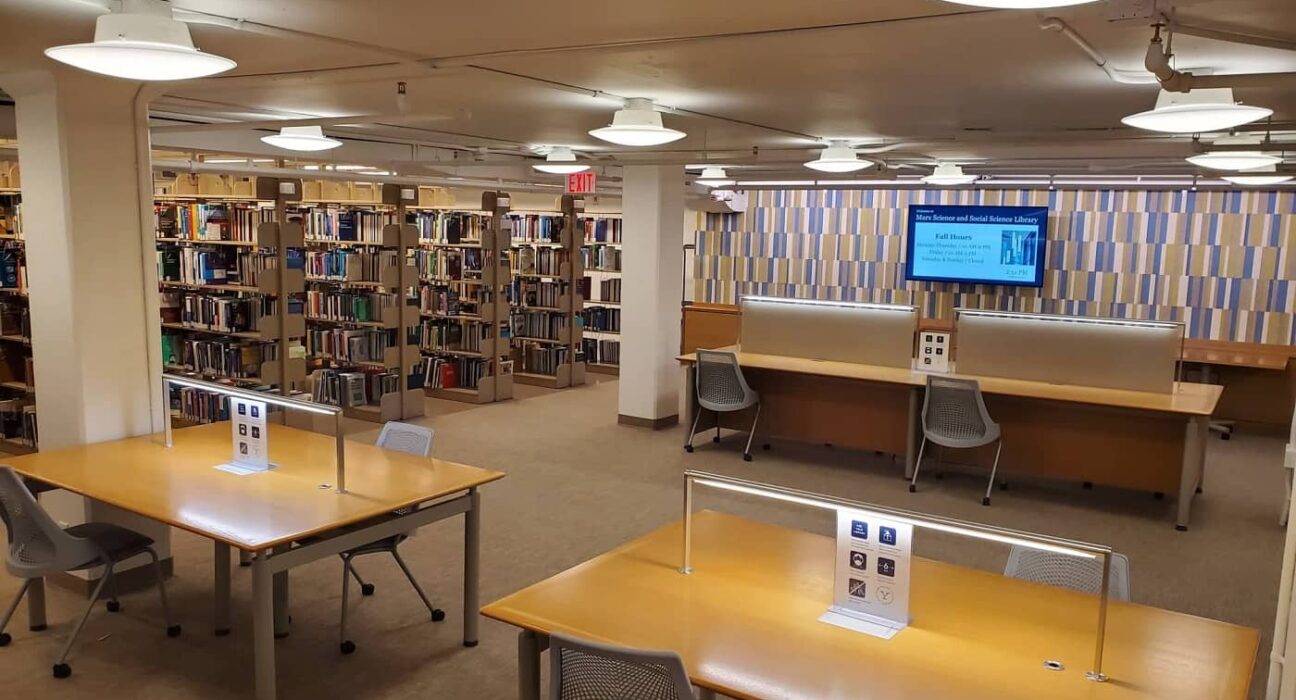For study assignments or personal research where you wish to be taken down a rabbit hole of endless connections surrounding a topic of interest, Yale University’s new free tool LUX is ideal. It serves as a central point for 17 million searchable items from Yale University’s museums, archives, and libraries.
It functions fairly similarly to a search engine. Search engines, however, frequently produce results that include links that take you to more websites. LUX establishes connections between the object you’re looking for and other similar objects in the collection. It searches for obscure relationships that go beyond the objects themselves.
For instance, if you were looking for a specific piece of art, it would show you other pieces by the same author as well as other artworks made at the same time or in the same place. Or, if you were to perform a search for meteorites, it would produce pictures of real meteorites from the university’s museums as well as meteorite-related works of art and books. In the past, you would have needed to visit various locations—a natural history museum for the meteorites, and a library for the books—or use Google to piece together various data.
A backend data model known as a knowledge graph sits at the core of LUX. It is a method of arranging data into a network of relationships and are typically composed of datasets from several sources. You can compare it to the evidence pin-up board that detectives use to illustrate the relationships between individuals, things, locations, and events.
“No one likes to search, everyone likes to find,” Robert Sanderson, senior director for digital cultural heritage at Yale University, said at a media briefing.
The search is divided into various categories after you type a term into the search bar on the page, including objects, works, people and groups, places, concepts, and events. You can focus your search by using the side filters and advanced search tools. It’s possible that a page you visit will have links that will help you find cross-connections. For example, if you follow a link to an artwork and then click on the hyperlink for the artist who painted it, you will find further details about the concepts this artist was influenced by, their timeline of creation, relevant persons and groups, and other works by or about the artist.
It has taken the past five years to develop the project to create this tool. And Yale hopes that by carrying out the labor-intensive tasks, it will make it simpler for other universities to develop their own LUX. The LUX code will be open-sourced as a result. Therefore, anyone can observe the database setup and all the data modifications Yale performed.
LUX does not employ artificial intelligence, which is significant. The team relies on human intelligence rather than large language models, so over the course of six years, they employed students to fill in the gaps in the metadata and add identifiers to datasets within the collections.
The research tool that is currently accessible to the general public is a work in progress. The team is already considering adding new features and has ideas about how to make it better. If there is an ethical dilemma or if the data is incorrect for some other reason, you’ll see a big blue button for user feedback on the result pages.




